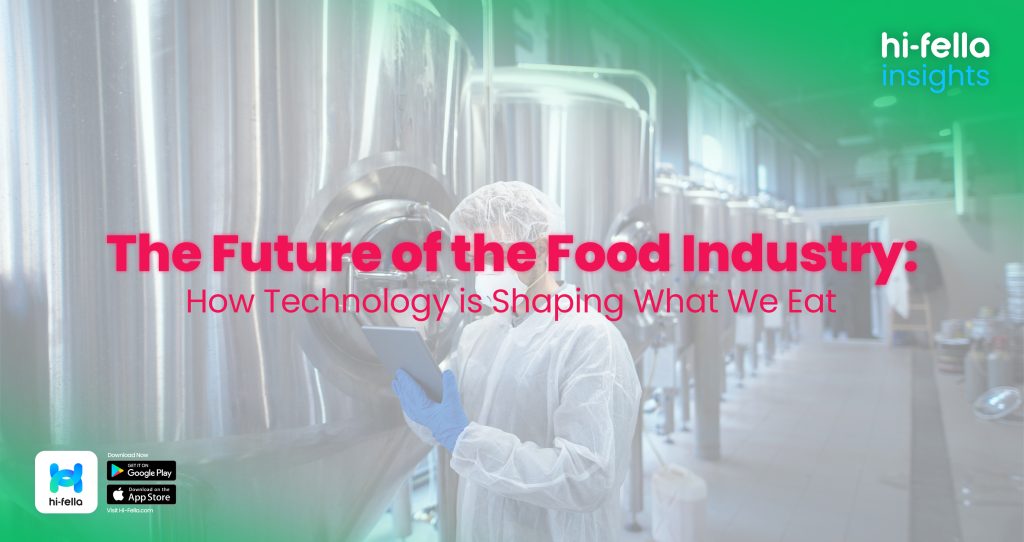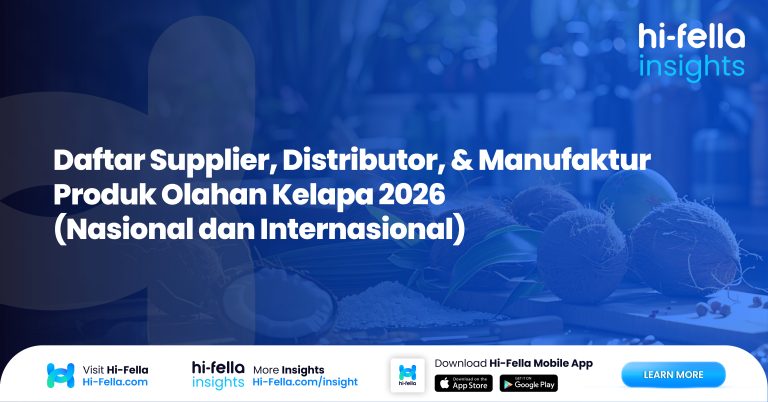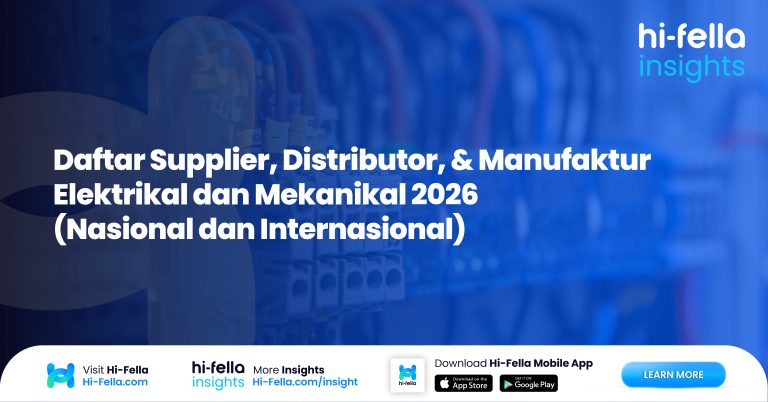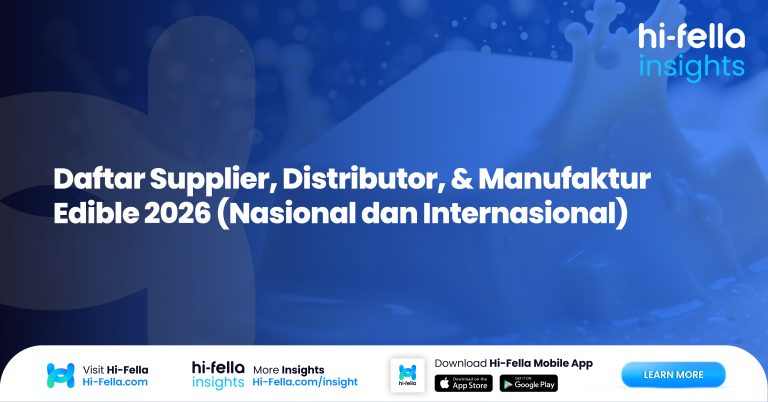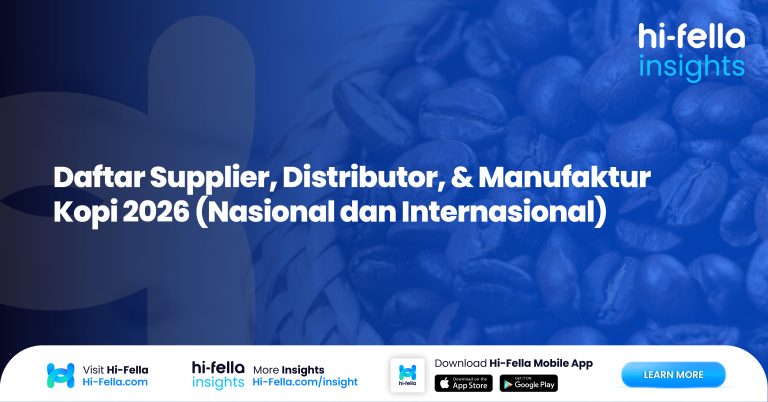The food industry is evolving fast, thanks to new technology that’s changing how food is grown, processed, delivered, and enjoyed.
From smart farming methods to lab-grown meat and AI-powered supply chains, these innovations are creating safer, more sustainable, and convenient food options for everyone.
As these technologies grow, they’re helping shape the future of what we eat and how we feed a growing world. Here’s the comprehensive explanation about the future of the food industry you must need to know!
Introduction: The Role of Technology in the Food Industry

Source: LinkedIn
The food industry is changing rapidly, with technology transforming how food is produced, distributed, and consumed.
From automated farming to personalized nutrition, these advancements aim to meet consumer demand for safer, more sustainable, and convenient food. This shift is especially important as we seek solutions to feed a growing global population.
According to data, the global food technology market is expected to reach approximately $342 billion by 2027, growing at a CAGR of around 6.8% from 2021 to 2027, driven by rising demand for sustainable food solutions and advancements in automation and AI.
Innovations in Food Production: Automation, Robotics, and Precision Farming
Technology is improving food production by making it faster and more efficient:
- Automation: Machines now handle many tasks on farms and in food factories, speeding up production and reducing costs.
- Robotics: Robots help harvest crops, package food, and sort products. This allows businesses to increase productivity.
- Precision Farming: Tools like GPS, drones, and sensors help farmers monitor soil and crop conditions. By using data to guide planting and watering, precision farming helps conserve resources and increase crop yield.
The Rise of Alternative Proteins and Lab-Grown Food
Consumer demand for eco-friendly and ethical food is on the rise, leading to:
- Alternative Proteins
Plant-based proteins and products from companies like Impossible Foods mimic meat textures and flavors, reducing the need for animal products.
In the U.S., the plant-based food market grew by 27% in 2022, with plant-based meat products up by 37% in the same period, according to Good Food Institute. Global interest in sustainable food options is also increasing, driven by concerns about climate impact and animal welfare. - Lab-Grown Meat: Cultured meat is grown in labs, allowing people to enjoy meat without traditional farming, which uses significant resources and impacts the environment.
These alternatives are gaining popularity as people look for healthier and more sustainable options.
Blockchain and Food Traceability: Ensuring Safety and Transparency

Source: FoodDocs
Blockchain technology is becoming essential in the food industry, providing a new level of safety and transparency throughout the supply chain. By recording each stage of a product’s journey from farm to table, blockchain creates a secure, unchangeable record that can be traced back to the source.
- What Blockchain Does
Blockchain stores detailed information about each step in the supply chain, including where food is grown, processed, transported, and sold. This makes it easier to verify the origin and handling of products, which is critical for ensuring quality and authenticity.
- Benefits for Consumers and Businesses
For consumers, blockchain means greater confidence in the safety of their food. With the ability to trace products back to their origin, food companies can quickly respond to issues, like contamination, by identifying and removing affected items.
For businesses, blockchain helps streamline operations and reduces the risk of food fraud. Retail giants like Walmart and Carrefour are already using blockchain to improve food safety and traceability, setting a standard for the industry.
Blockchain technology is enhancing food safety and transparency, building trust between consumers and producers and helping create a more reliable food supply chain.
AI and Data Analytics in Food Supply Chain Management
Artificial intelligence (AI) and data analytics are enhancing the food supply chain:
- AI in Demand Forecasting: AI helps predict food demand based on data like weather and sales patterns, which can reduce waste and keep shelves stocked.
- Optimized Distribution: Data analytics improves transport routes, saving time and fuel. This helps food arrive fresh, benefiting both consumers and businesses.
By managing resources effectively, AI and data are creating a more responsive and efficient food supply chain.
Sustainable Food Solutions through Technology
Sustainability is a top priority in food technology, leading to greener practices:
- Smart Packaging: New materials, like biodegradable packaging, reduce waste and environmental impact.
- Vertical Farming: Growing food in stacked layers conserves space and water. This method works well in urban areas and helps reduce transport emissions.
- Waste Reduction: Technology can also turn food waste into new products, like compost or animal feed, helping minimize waste.
These solutions address environmental concerns while meeting consumer demand for sustainable options.
The Future of Food Consumption: Personalized Nutrition and Delivery Innovations
Technology is making it easier for people to get food that fits their personal needs and preferences.
- Personalized Nutrition
Apps and websites can now suggest food based on your health goals, lifestyle, and even genetics. These tools use AI to recommend the best foods for your body, helping you make healthier choices.
According to a report by Research and Markets, the personalized nutrition market is expected to grow to $19 billion by 2028, driven by advancements in nutrigenomics and AI-based dietary recommendations. Consumers are increasingly interested in customized diets that cater to their unique health needs and preferences.
- Innovative Delivery Options
Getting food delivered is becoming faster and more convenient. Drones and self-driving cars are starting to deliver food, and new types of restaurants, like delivery-only kitchens, are making it easier to get fresh meals wherever you are.
A Deloitte study predicts that 30% of meals in urban areas will be delivered by drones or autonomous vehicles by 2030. This shift in food delivery technology aligns with consumer demand for faster and more convenient access to fresh meals.
These innovations are changing how we eat, making food more personal and easier to access.
Hi-Fella: Connecting Food Industry Professionals in a Tech-Driven World
As technology continues to transform the food industry, it’s crucial for businesses to find efficient ways to connect with suppliers and buyers. Hi-Fella offers a platform that bridges this gap, allowing food industry professionals to access a global network. This enables businesses to grow and collaborate in a tech-driven marketplace.
Hi-Fella helps businesses stay ahead of the competition by providing easy access to partners, resources, and opportunities in the ever-evolving food industry. Whether you’re looking to source products, expand your network, or grow your business, Hi-Fella makes it easier to get the modern food supply chain.


